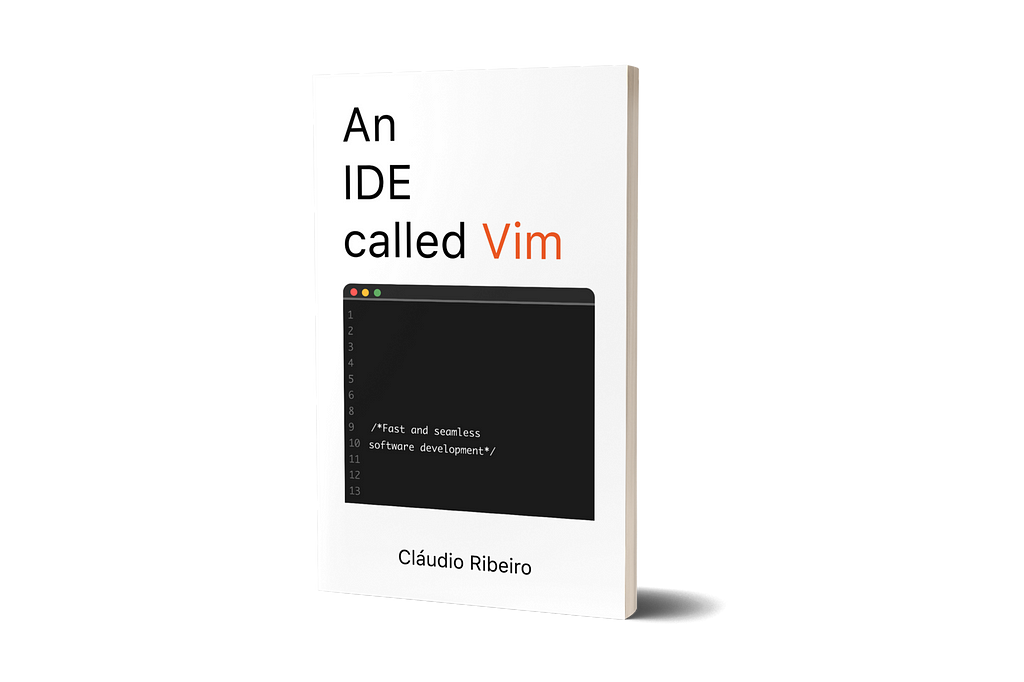Latest news about Bitcoin and all cryptocurrencies. Your daily crypto news habit.
I’ve said it more than once, vimtutor is the best resource for someone who wants to start using vim. It goes through all the basics of the software with a hands-on approach that kick starts vim usage. While for some people this might be enough, most of the people will ask,
I’ve gone through vimtutor, now what?
Whether you want to write code, write your essays or do some work on a remote machine, there are a couple of steps you can do to cement and expand your newly gained vim knowledge.
Read The Freackin User Manual! Courtesy of Unsplash
Courtesy of Unsplash
Just like most of the people don’t know that vimtutor exists, they also don’t know there’s a user manual. And it is really good.
To start the user manual we can either use :h or :h user-manual from within Vim. (Note that if you use :help or :h the user manual starts a page or so down in the buffer). From here, if the manual opens in a split we can use :only to make the user manual the only buffer on screen.
To start the user manual from outside Vim we can use $vim -c ‘h user-manual|only’. This command will not just start the user manual, it will also make it the only buffer on the screen.
From here on it’s the normal Vim navigation. Just note that we can follow the links (tags) by moving your cursor over the file name you’re interested in and pressing <C-]>. To return to the table of contents just use <C-t>.
The user manual is extensive and insightful. It provides information on every moving part of Vim, and is in my opinion one of the primary sources of information for those who want to extend their knowledge of this software.
Read a vim oriented book Courtesy of Unsplash
Courtesy of Unsplash
There’s no shortage of Vim books out there. From books for writers, coders or just curious people, the offer is enormous. My suggestion is to search for a book that focus on the task you want to achieve. If you want to use Vim for writing, then search for a book that focuses on writing with Vim. Looking for code? Search for a book that focuses on coding.
If you want a general purpose book on Vim then I recommend “Practical Vim” by Drew Neil. It presents Vim as a series of techniques to make you faster and more efficient all while explaining some of the core concepts of Vim.
These are my suggestions to those who just finished vimtutor and want more. To this day I still go back to these resources when I need help with Vim or when I want to improve my workflow. From my experience these resources are the ones that really work, so be sure to consider them when you need.
Want to learn more about Vim? Want to learn how to use it as an IDE? Check out my new book An IDE Called Vim. It has everything from basic Vim usage to file finding, auto-completion, file manager and more.
Done with vimtutor, now what? was originally published in Hacker Noon on Medium, where people are continuing the conversation by highlighting and responding to this story.
Disclaimer
The views and opinions expressed in this article are solely those of the authors and do not reflect the views of Bitcoin Insider. Every investment and trading move involves risk - this is especially true for cryptocurrencies given their volatility. We strongly advise our readers to conduct their own research when making a decision.
